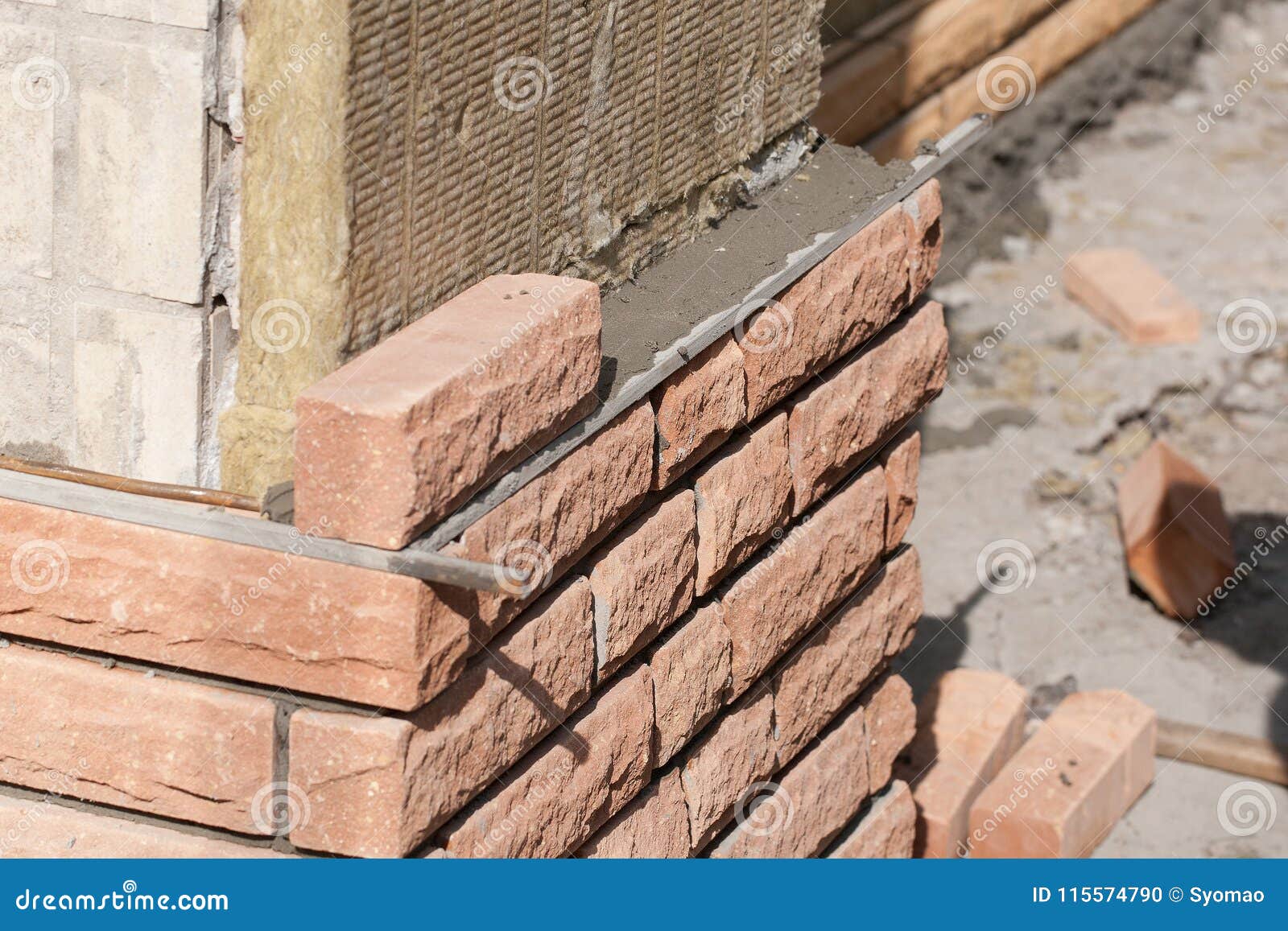Little Known Facts About Bricklayer Auckland.
Wiki Article
Our Bricklayer Auckland PDFs
Table of ContentsThe Best Guide To Bricklayer AucklandNot known Facts About Bricklayer AucklandHow Bricklayer Auckland can Save You Time, Stress, and Money.The Basic Principles Of Bricklayer Auckland
The difference between ZERO and also timeless masonry is in the laying of the block. The brick is no longer pushed vertically, however tilted.On top of that, we likewise paid focus to a great proportion in between the size and size of the block to make sure that it is perfect for functioning with a cot bond. By doing this the job proceeds quickly. Advantage, For a specialist by doing this of functioning is rarely a challenge. He can deal with the material/equipment that is acquainted to him.
Bricklayers are a crucial career in the building and construction industry, in charge of laying bricks, pre-cut rock and also concrete blocks in mortar. Bricklayers construct, extend and repair residential and business structures, and also various other structures such as foundations, wall surfaces, chimneys or decorative stonework. Obtaining to completion of a project as well as being able to state 'I constructed that' uses a real feeling of success for brickies.
Your time as a bricklaying apprentice will normally be split in between your employer as well as training company (such as a college), with at the very least 20% of your normal functioning hours invested in training. Your training might take place weekly, each month or in a separate block of time, and it can happen at your area of job, at your training provider or online.
Everything about Bricklayer Auckland
When looking into building, you invariably find that any type of new or innovative suggestion has actually been tried over as well as over once again, frequently extending back years. One of these new-but-actually-old suggestions is the idea of a mechanical bricklayer, a machine to automate the building and construction of masonry wall surfaces. It's simple to see the appeal of this idea - stonework construction appears virtually completely fit for mechanization.It doesn't look like it would certainly require literally intricate motions - each brick obtains a layer of mortar used, as well as is simply laid in area alongside the previous one. As well as due to the fact that each traditional joint is the exact same dimension, positioning is almost deterministic - each brick is the exact same set range from the previous one.
These equipments couldn't pick up anything concerning their setting, or step where a block needed to go - they merely squeezed out a layer of mortar and mechanically placed a brick at regular periods (Bricklayer Auckland). It's vague exactly how several of these machines ever made it beyond the drawing board, but at the very least among these (John Knight's) was used to build a block wall that apparently still stands today.
For many years, stonework has decreased in relevance as a construction technology in the developed world, and also with it the this hyperlink interest in automating it. Unlike with concrete 3D printing, where there are dozens of efforts to develop the innovation, I can only locate a handful of present efforts to automate stonework. Bricklayer Auckland.
Rumored Buzz on Bricklayer Auckland
It can placing blocks in tight corridors or intricate edges, as well as Hadrian can create all the wall surfaces of a little structure with simply a few actions of the vehicle. Hadrian can currently set about 200 blocks an hour, but they're aiming to be able to click over here now do 1000 obstructs a hr or more (the blocks it sets are various from the block masonry made use of in the United States, however in US masons can set somewhere in the area of 400 obstructs a day).
SAM has a series of sensing units to make up for the motion of the system and also guarantee it's putting bricks degree, as well as can collaborate with bricks of all different dimensions (though it will not develop CMU obstruct wall surfaces). It gets mounted to a movable scaffolding that's elevated slowly as the wall is completed.
The promotional material on Building and construction Robotics' web site suggests that it's no longer their major focus - even more emphasis is offered to their other item, MULE.Other than SAM as well as Hadrian, there are a few other mechanical bricklayers in numerous phases of advancement. You additionally see the periodic academic initiative. One location where we do see some commercial success with mechanical bricklaying is with block roadways - a selection of companies use devices that can "print" a section of roadway made of blocks.
Bricklayer Auckland - Questions
A slightly different category of devices intended at boosting masonry efficiency is what I'll call "masonry assistants". These are devices made to help with literally lifting the block (they appear to be a lot more common with block than brick) and also taking the strain off the mason, while still permitting the mason to manipulate it right into position, Masonry aides day from a minimum of 1994, when the military trying out MOM, the Mechatronically Assisted Mason's Aid.
Report this wiki page